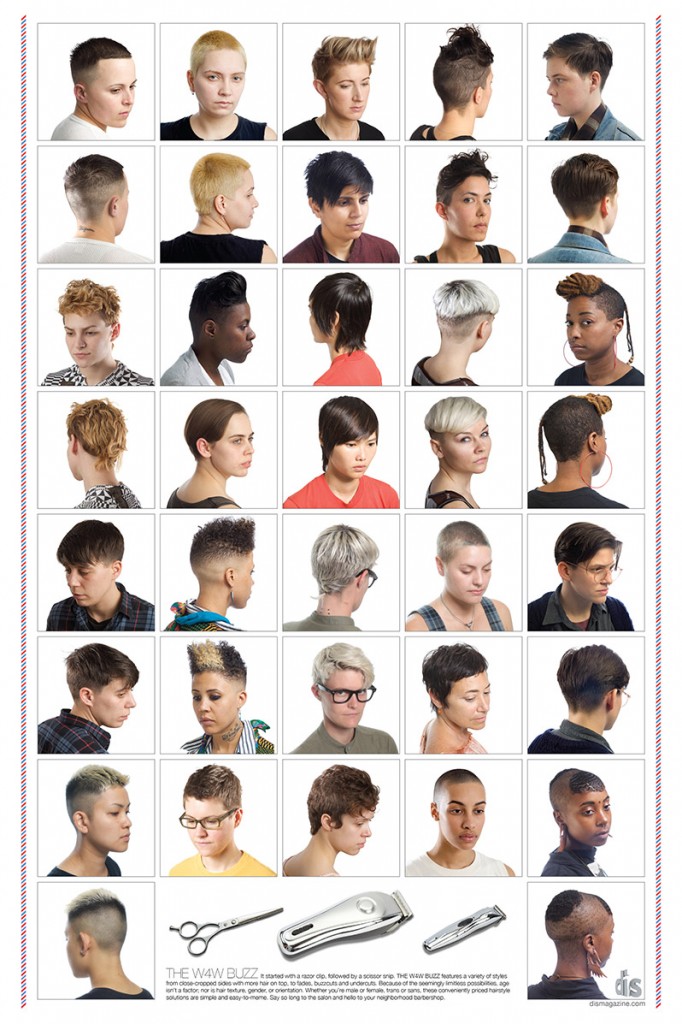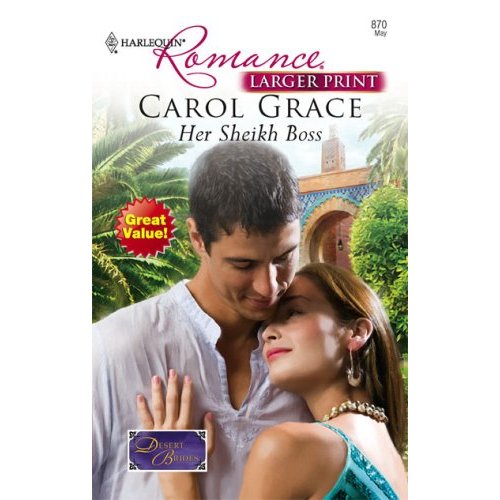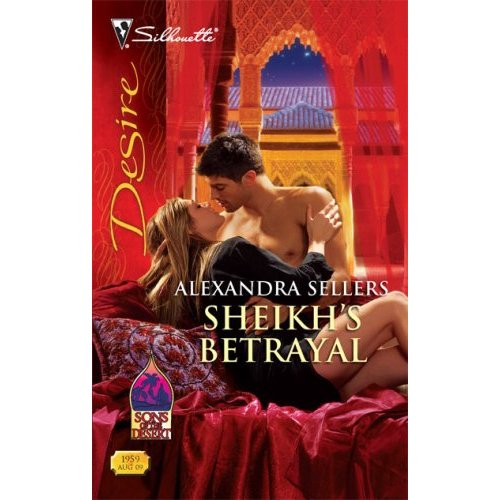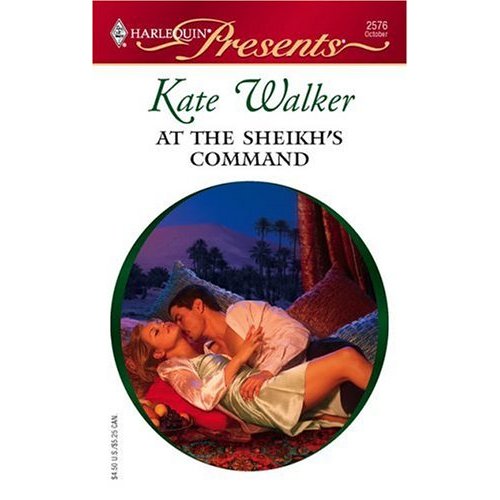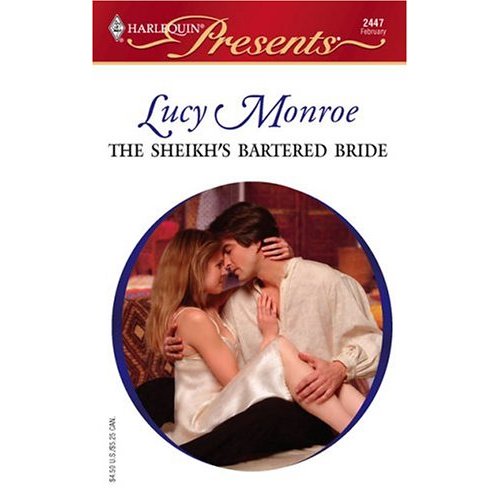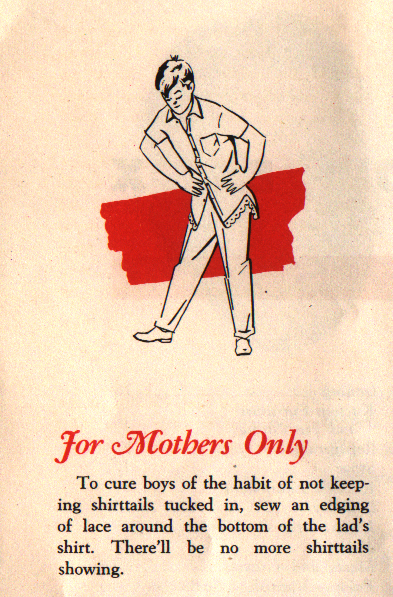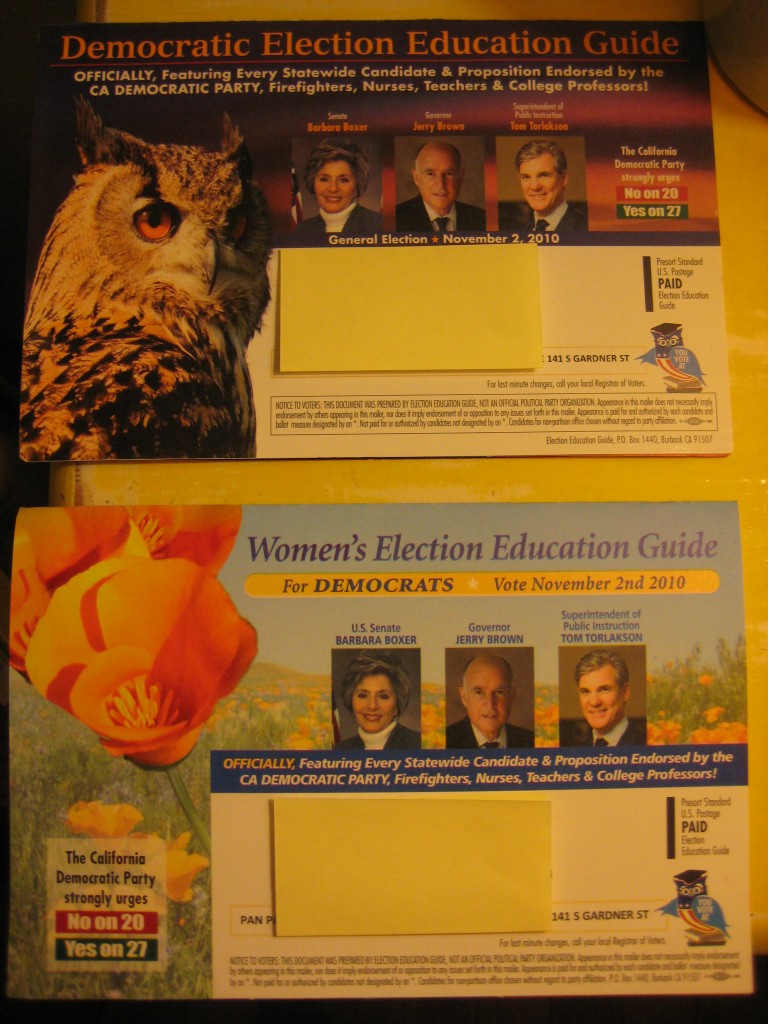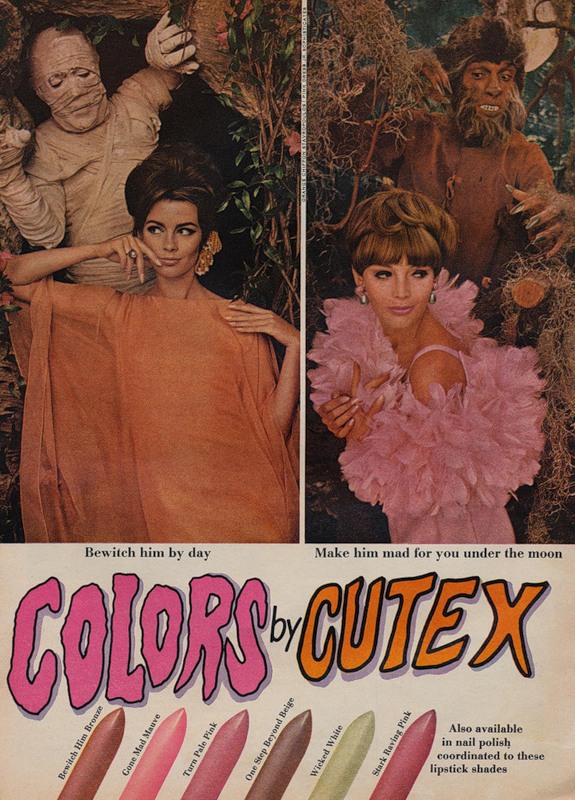
Nickey Robare and Maile Martinez, of Reel Grrls, put together a video discussing coverage of several celebrities who have recently lost weight, including the way that changes in body size are linked to changes in personality, with women becoming nicer when they get thinner:
Thanks to Nickey for sending it to us!

